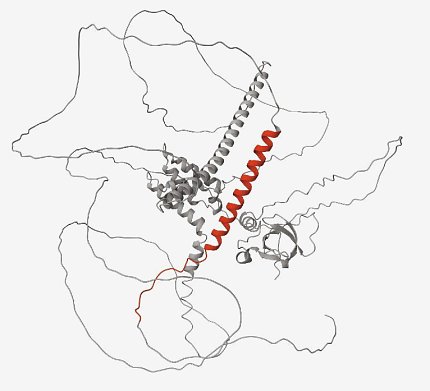Abnormal Proteins Found in Spinal Fluid of People with ALS and Dementia

Photo: NINDS
NIH researchers detected abnormal proteins in the spinal fluid of people with amyotrophic lateral sclerosis (ALS) and frontotemporal dementia (FTD), which could help improve diagnosis of these diseases. The findings were published in Science Translational Medicine.
The proteins in question are built from “cryptic” exons—abnormal portions of RNA, the cell’s instructions for how to build proteins. Cryptic exons occur when TDP-43, a protein that regulates how RNA is processed, stops functioning normally. TDP-43 dysfunction is linked to ALS, FTD, Alzheimer’s disease and Limbic Associated TDP-43 Encephalopathy (LATE).
The findings advance our understanding of how cryptic exons may be involved in the dementia disease process and could help identify diseases involving TDP-43 dysfunction before symptoms appear.
“We show that TDP-43 pathology causes brain cells to mis-splice hundreds of RNAs and that some of these RNAs are translated into new proteins that are not normally found in healthy cells,” said NINDS senior investigator Dr. Michael Ward, co-director of the iPSC neurodegenerative disease initiative at NIH’s Center for Alzheimer’s and Related Dementias (CARD) and senior co-author. “This conceptual discovery may enable future development of sensitive diagnostic tests to detect TDP-43 pathology in living patients.”
There is currently no single test that can definitively diagnose ALS or FTD, and the symptoms can resemble those of other disorders. To help diagnose the disorders, doctors perform a physical exam, assess symptoms, conduct brain imaging and use tests to rule out other conditions.
Until now, scientists had not explored the possibility that some cryptic exon transcripts are not degraded, but instead generate new proteins. The authors speculate these new proteins might be seen as foreign by our immune system, thereby triggering inflammation that could contribute to neurodegeneration.
This study was funded in part by the NINDS Intramural Research Program, NIA and CARD.
